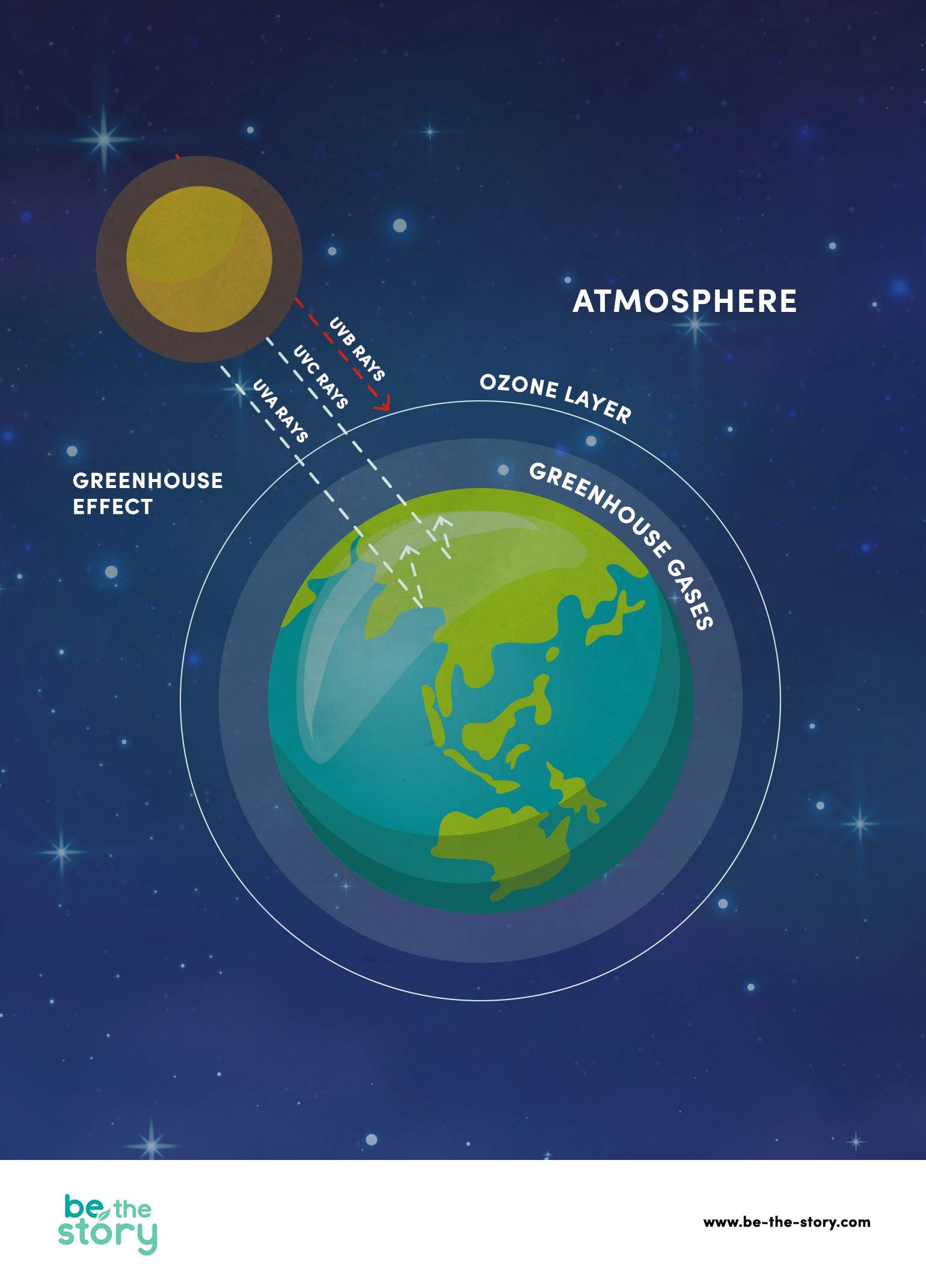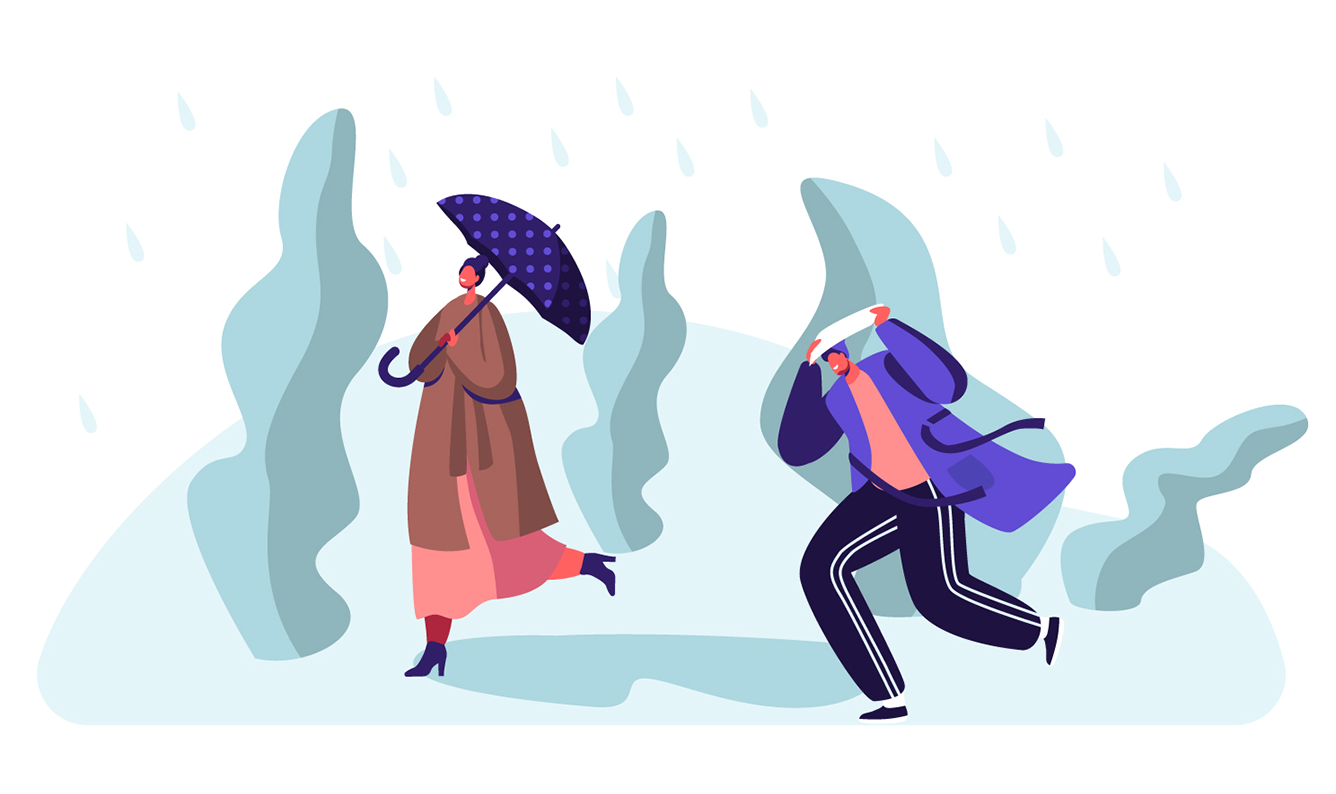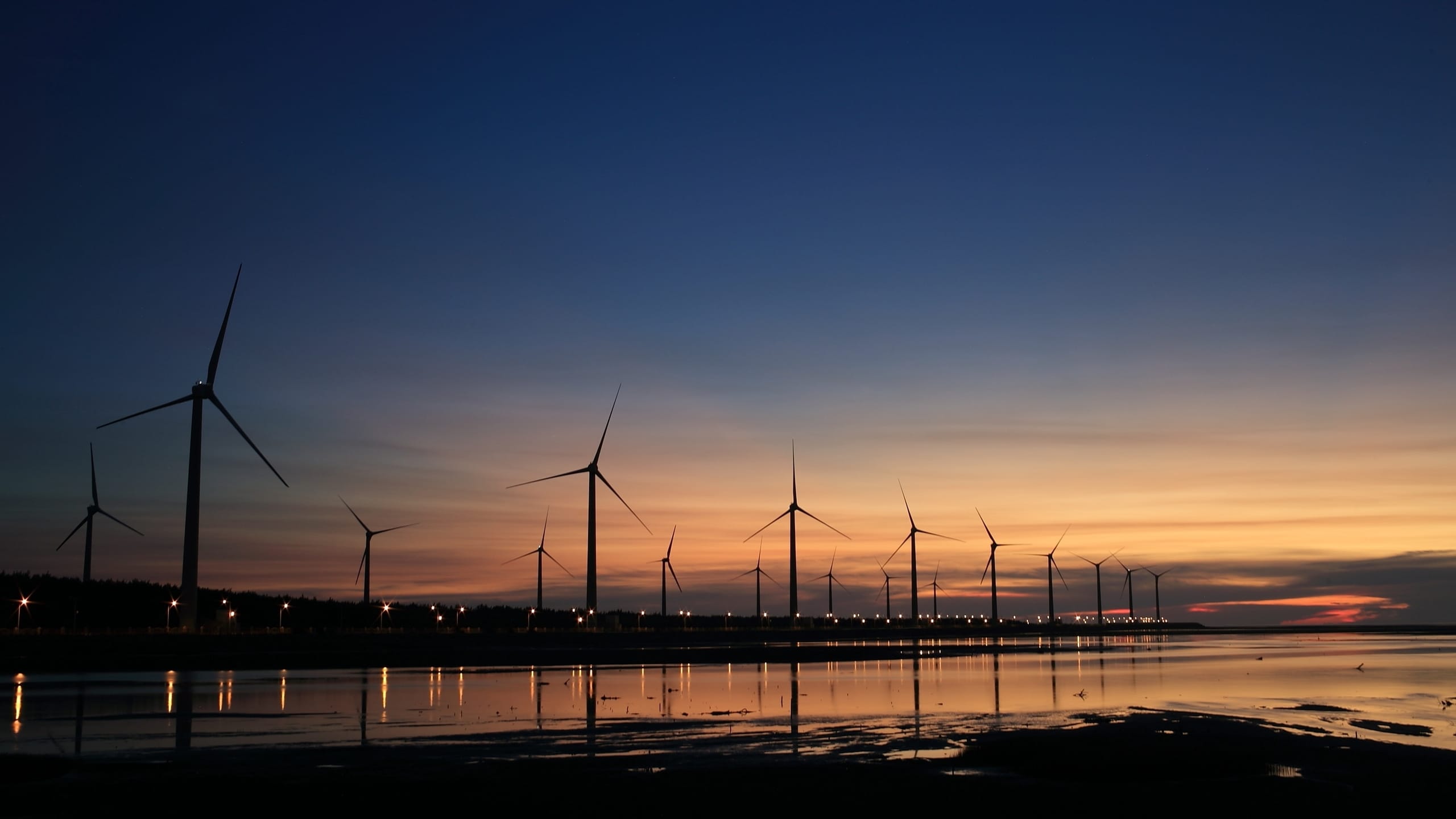
Greenhouse effect, ozone layer and global warming walk into a bar…
It could be the beginning of an anecdote, but the meaning of each of these expressions doesn’t make you want to laugh. Do you know the difference between the greenhouse effect, ozone layer and global warming? Let’s help clarify these concepts.
What is the greenhouse effect?
The greenhouse effect is a phenomenon that is vital for life as we know it on Earth.
Think of the inside of a greenhouse for plants. The glass of a greenhouse allows sunlight to enter, where it is absorbed by the soil and plants and converted into heat, which, in turn, is then emitted by the soil and plants, warming the air and the environment inside the greenhouse. Simultaneously, the glass that allows the sunlight in also acts as a barrier, trapping the heat inside.
On planet Earth a similar process takes place: the radiation that reaches us from the sun (whether visible, ultraviolet or infrared) penetrates the layer of gases that surrounds the Earth – the atmosphere. The Earth’s surface absorbs this radiation and heats up, emitting thermal radiation, meaning, heat. It is this heat emanating from the Earth’s surface that keeps the planet at an average temperature that is pleasant and comfortable for life. That’s called an atmospheric greenhouse effect.
The temperature inside the greenhouse in the first example and on our planet, as we have just described, is determined by the greenhouse effect.
Greenhouse gases
How come the heat released from the Earth’s surface doesn’t ‘escape’ back into space? Because there is a layer of greenhouse gases preventing it – their role is to retain atmospheric heat. These gases, often considered ‘enemies’, absorb radiation and keep it in the atmosphere. This is the case with carbon dioxide, methane, water vapour and nitrous oxide, all of which are part of the atmosphere’s natural composition.

Illustration of the earth and the sun. The greenhouse gases and the ozone layer around the earth filter out UVB rays sent by the sun; and hold the UVC and UVA rays.
When does the greenhouse effect become a problem?
The atmospheric greenhouse effect itself isn’t bad for the Earth, but rather vital for life. The problem arises when the greenhouse effect is much greater than it should be, with increasingly more heat being “trapped” by these gases, which consequently increases the planet’s temperature and leads to other outcomes, such as melting ice.
The exponential increase of the greenhouse effect happens essentially because of human activity. There are higher greenhouse gas emissions due, for example, to the burning of fossil fuels, the use of nitrogen fertilisers in agriculture, and changes in land use, such as the felling of forests for conversion to agricultural land.

Deforestation is one of the greenhouse effect causes.
What is the ozone layer?
Just like an onion, the Earth’s atmosphere is made up of several layers that surround and protect our planet – the ozone layer is one of them.
Ozone is a gas that forms above the Earth’s surface, in the atmosphere, creating a thin layer – the ozone layer – whose role is essential: it acts as a barrier, preventing practically all harmful ultraviolet rays from the sun from reaching the Earth (UVB rays). Without the “protection” of the ozone layer, these rays could cause cancerous diseases, affect the DNA of living beings and unbalance the entire ecosystem.
Remember the comparison between the greenhouse for plants and the greenhouse effect? Here’s another one: the ozone layer is like planet Earth’s sunscreen.
However, there are harmful chemicals that, when emitted, act as a kind of corrosive, making the ozone layer (even) thinner and therefore less able to retain harmful ultraviolet rays. These chemicals are called chlorofluorocarbons (CFCs) and, from the 1930s onwards, they were widely used in products such as sprays and pesticides, and in refrigeration systems, for refrigerators, for example. CFC emissions became so massive and damaging that between the 1970s and 1980s a “hole” in the ozone layer began to appear, and urgent measures had to be taken.
The “hole” in the ozone layer
In the early 1980s, scientists discovered that at the South Pole, specifically in Antarctica, something happened every spring: the ozone layer decreased dramatically. This phenomenon became known as the “hole” in the ozone layer. We put “hole” in inverted commas because, in fact, there isn’t a hole, but an area that is too thin.
Why in Antarctica? The lower the temperature in the stratosphere, the more likely it is that a hole will form in the ozone layer. Antarctica is the area of the planet that reaches the lowest temperatures (it can reach -78 °C) over a long period of time. Generally, the hole appears in September and lasts until November, during spring in the southern hemisphere, before gradually filling in again. This process takes place every year.
In response, the international agreement established by the Montreal Protocol in 1987 limited the production and consumption of all substances that could contribute to the destruction of the ozone layer (the CFCs), and all nations involved joined the cause. This is considered one of the greatest success stories in environmental co-operation at a global level.
Discover the size of your ecological footprint and 12 tips for reducing it.
Today, substances that deplete the ozone layer have been practically eliminated and there has been a tendency for the ozone layer to recover. According to UN forecasts, the ozone layer should recover by 2066 in Antarctica, by 2045 in the Arctic and by 2040 in the rest of the world.
What is global warming?
Like a snowball (which melts at a faster rate due to global warming), as more greenhouse gases than supposed are emitted, more heat is retained in the atmosphere, and as harmful chemicals are emitted, the ozone layer becomes thinner and thinner, letting the sun’s harmful rays through. All these factors lead to an increase in the Earth’s average temperature, which is the same to say global warming. This phenomenon also refers to the increase in the average temperature of the oceans and the atmosphere and has been accelerating since the middle of the 19th century, the time of the second Industrial Revolution.

Global warming can cause heavy rainfalls.
Climate change
Unsurprisingly, climate change has emerged as one of the main negative consequences of global warming, causing imbalances in ecosystems.
The melting of glaciers and the rise in the average level of sea water add to extreme meteorological phenomena such as heat waves, torrential rain, storms, floods, severe and prolonged droughts, hurricanes and cyclones. These phenomena increase the risk of forest fires, crop losses, drinking water shortages and floods, among others.
What is being done in the European Union
The European Climate Act sets a mandatory target of climate neutrality by 2050. One area of action is passenger cars and light commercial vehicles (vans), which are responsible for 15% of total EU carbon dioxide emissions. European law provides for zero-emission road mobility by 2035, with intermediate reduction targets of 55% for cars and 50% for vans by 2030.
One of the Sustainable Development Goals (SDGs) is precisely Climate Action, namely the fight against climate change, with a focus on measuring and reducing total annual greenhouse gas emissions by all United Nations member states.







